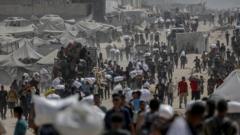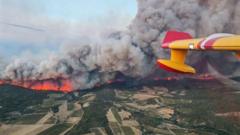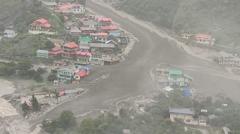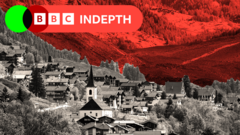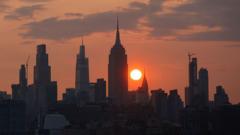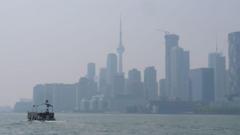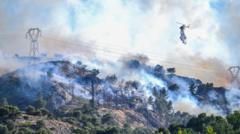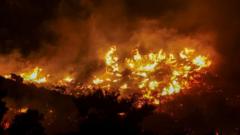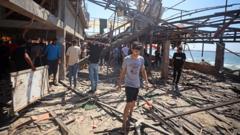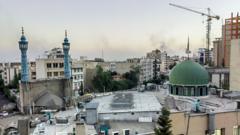As the 50th anniversary of the fall of Saigon approaches, reflections on the buildings left behind by Americans highlight Vietnam's metamorphosis from war to modernity. Personal accounts and iconic imagery depict a chaotic escape, juxtaposed with the city's contemporary vibrancy.
Echoes of the Past: Reflections on the Fall of Saigon and Urban Transformation in Vietnam

Echoes of the Past: Reflections on the Fall of Saigon and Urban Transformation in Vietnam
A journalist's exploration of historic sites in Ho Chi Minh City reveals the impact of the Vietnam War's conclusion on modern Vietnamese society.
On a dilapidated door atop the Pittman apartment building in Ho Chi Minh City, a solitary inscription reads: “FALL OF SAIGON.” Nguyen Van Hiep vividly recalls witnessing the chaos that unfolded on April 29, 1975, during the final moments of the Vietnam War. As South Vietnam's government crumbled, an American helicopter squeezed into the building's rooftop space, hastily evacuating those who could reach it. "Everyone was fighting to get up there," Hiep described, sharing a poignant memory entwined with the building's historic significance, where U.S. military personnel once resided and worked.
The iconic image captured by photographer Hubert Van Es, depicting frantic Vietnamese civilians scrambling for evacuation, was later misrepresented in media as representing desperate refugees at the U.S. Embassy, obscuring the true context. Hiep, whose father oversaw maintenance of the Pittman, elucidates the chaos of the moment; only those within the building had access to the helicopter, adding a layer of complexity to the narrative surrounding the fall of Saigon.
Today, these sites of history are enveloped by a bustling metropolis, illustrating Vietnam's remarkable evolution over the past five decades. The juxtaposition of contemporary urban life against the remnants of conflict offers an insightful glimpse into a nation that has transformed while wrestling with the legacies of its past. As Vietnam continues to modernize, its narratives, both of struggle and resilience, resonate through its urban landscape, reminding present and future generations of their shared history.

